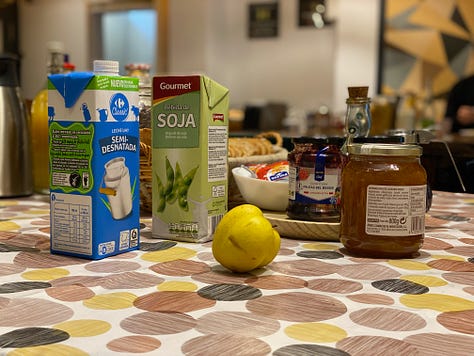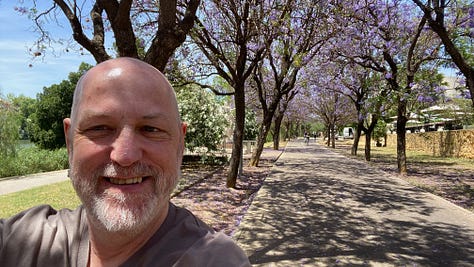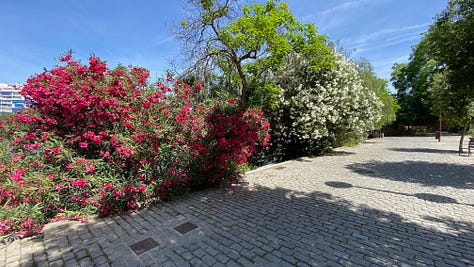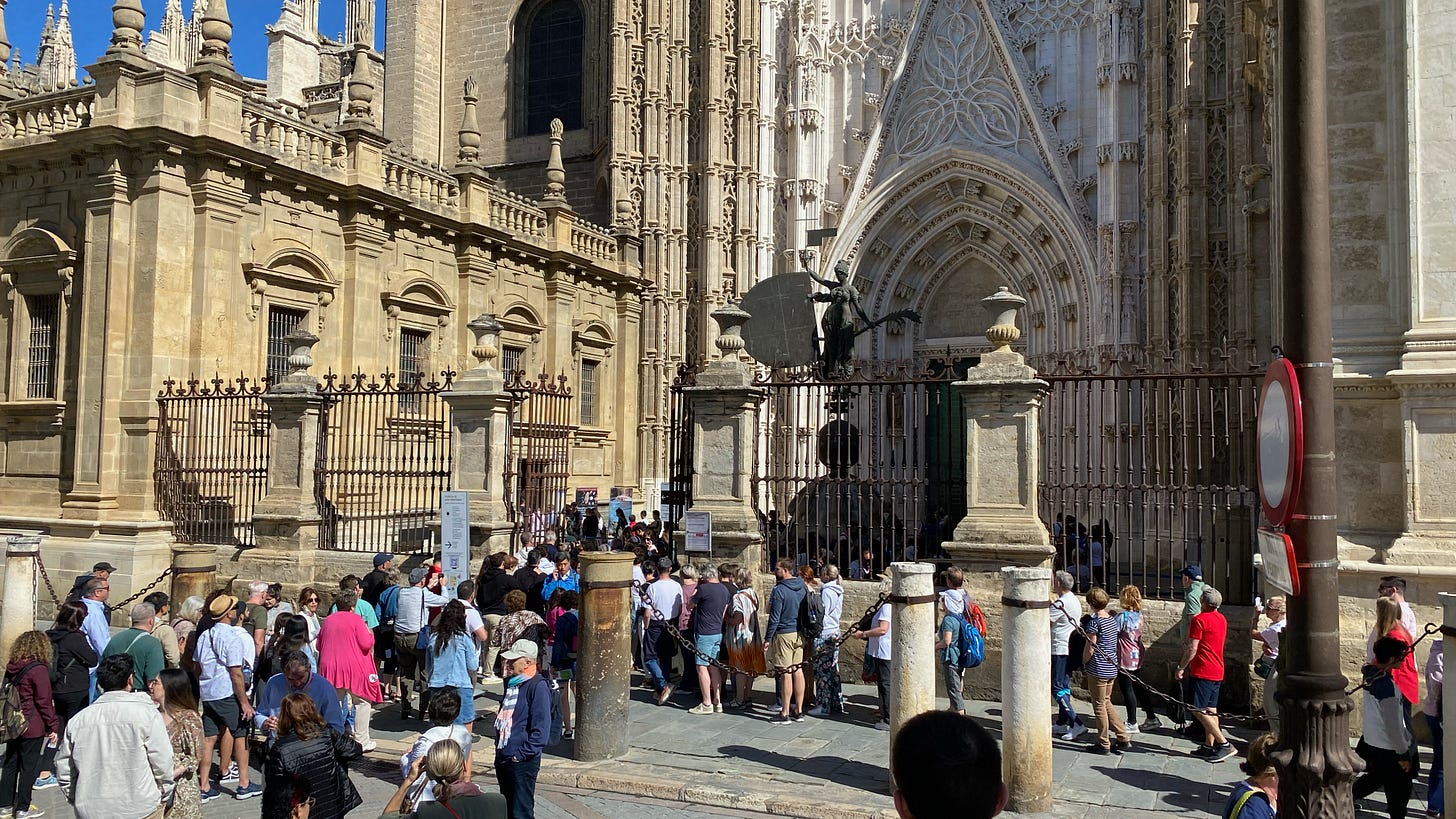The secrets of Sevilla aren't hard to find
Taking the paths less travelled in this popular Spanish tourism hub let you avoid long queues and discover some hidden treasures.

The city of Sevilla, or Seville to some, was my anchor point for my trip to Andalusia this May. With 3.5 million visitors a year, it’s the most popular Spanish tourist destination after Madrid and Barcelona. Considering its population is less than than half of Barcelona’s and just one-fifth of Madrid’s, that’s a lot of tourists packed into the busy heart of this ancient regional capital.
As you may have heard, there has been some resistance among some Spaniards to the growing deluge of tourists who flood the top sites, putting pressure on local housing and infrastructure. But the boom is a two-edged sword, with one-in-four Seville residents earn a living from tourism, which represents 18% of the city’s GDP.
It’s not just locals who feel the impact of a visitor population that is surging at a rate of 10-15% a year, of course. For tourists, it means entry tickets to popular attractions such as the Cathedral and its La Giralda bell tower, or the Royal Alacazar fortress, can be hard to find or involve long queues. Restaurants are also bustling, so good luck finding a table during peak dining periods (lunch is typically served only from 2 to 4 pm, supper starting at 8 at the earliest), and the main kitchens are closed in between set meal times.
And parking? Forget about street parking, and be prepared to see even the largest underground lots full at peak hours.
The huge crowds were a bit of a turn-off when I arrived in Sevilla on the cusp of the Labour Day holiday. A walking tour tour I took the next day confirmed that I could forget about touring the Cathedral, climbing La Giralda, or exploring Alcazar unless I was ready to wake up early and line up in the hot Spanish sun. (Not.)

But the city is so beautiful that just exploring randomly on foot is also a great way to spend the day, especially if you are a little tired of touring a seemingly endless procession of European cathedrals, castles and casbahs. For example, I got a chance to wind my way through some of the intimate streets and squares of old Sevilla as Google Maps led me through a decidedly less tourist-infested path from the train station to my hostel near the cathedral.








The choice of where you stay can also make a big difference in your perception of the city. I often stay at hostels, not just for the price but for the feeling of instant community at the best of them. And I really lucked out here in Sevilla, having chosen the La Banda Rooftop Hostel from my HostelWorld app. The 9.7 rating was a good sign, but it turned out to be better than expected, even after I’d read some rave reviews or before I found out (today!) that it would win an award as the best hostel in Sevilla for 2024.



From the first greeting to the last goodbye, the staff and guests at La Banda were friendly and welcoming. The sense of community was sparked every morning at the free communal breakfast and was cemented each night at the community supper on the rooftop bar, which some nights also offers some impressive live entertainment. Starting at about $60 a night, the dorms were super clean and the beds were comfortable and offered sturdy blackout curtains, a necessity in communal living that many hostels lack. This was easily the top hostel I experienced in Europe. I was so impressed, actually, that I returned here at the end of my Spanish sojourn rather than spending my last few days in Cordoba, as I had planned.
Singer/dancer/actor Ángeles Rusó coaxes La Banda staffer Chiara Burroni into a little improvised dance on the rooftop of the hostel, to the appreciation of many guests gathered for the nightly cocktail hour.
I also came back with a different attitude. Screw the typical tourist attractions. On my last day in Sevilla, I decided to take a long walk along both banks of the Alfonso XIII Canal, all the way from the El Arenal district up to the Isla Mágica theme park and back through the Triana Casco Antiguo district in a search for the legendary Lola de los Reyes flamenco club.
Cities that nurture their rivers and canals as public greenspaces boost the quality of life of both resident and tourist alike. It’s one of the things I love about Montréal and my favourite French city, Toulouse. Here, Sevilla has done a marvellous job of maintaining public accessibility from what I saw, tho I didn’t get a chance to check out the Guadalquivir River area for lack of time. A glance at any map, tho, shows a vast expanse of greenspace along both river and canal. On my perambulation, I saw rowers, joggers, hikers and residents enjoying the light breeze and abundant scent of flowering trees and plants, only occasionally interrupted by the coldness of concrete.









I was reminded of this again on my trip to the Sevilla airport for my return to Toulouse. Many of the divided highways in Spain, unlike in North America, fill the medians separating the two directions with flowering trees and shrubs. It’s hard to convey how much more relaxing it is to have this floral screen of oncoming traffic rather than the grassy knolls and ditches we are so used to in North America. I realize that Spain’s weather allows for a greater variety of vegetation than, say, in Alberta in January, but couldn’t we use more imagination than separating highway lanes with endless bands of poorly mown grass?
Anyway, sorry to wander off topic like that, but the flowering highways really struck me, especially on my drive from Sevilla to Càdiz earlier in the month. I felt like I was driving through a botanical garden at 120 km an hour and had to resist a temptation to stop and smell the roses. But here’s a little video clip to give you a quick taste. (It’s not the best example, but I thought it best to pay attention to the driving rather than shooting videos.)
On that note, Sixty-something Solo will be moving on next week to new territory: one of Europe’s smallest country, about half the size of Canada’s smallest province, Prince Edward Island. Can you guess where?
Yes or no, I’ll see you there next week. Thanks for coming along for the ride.





